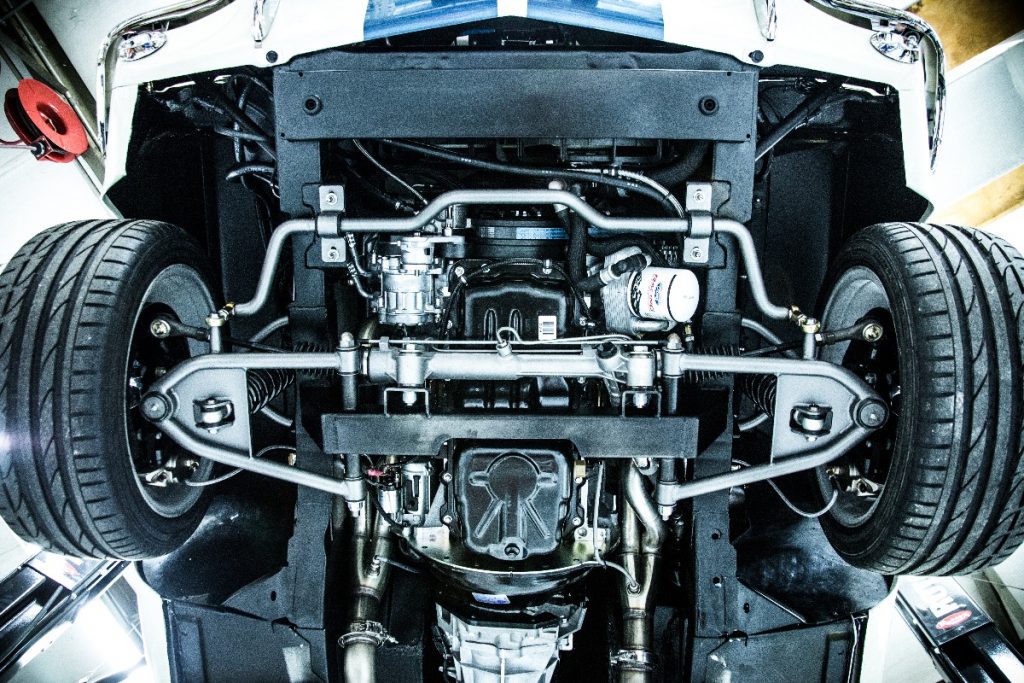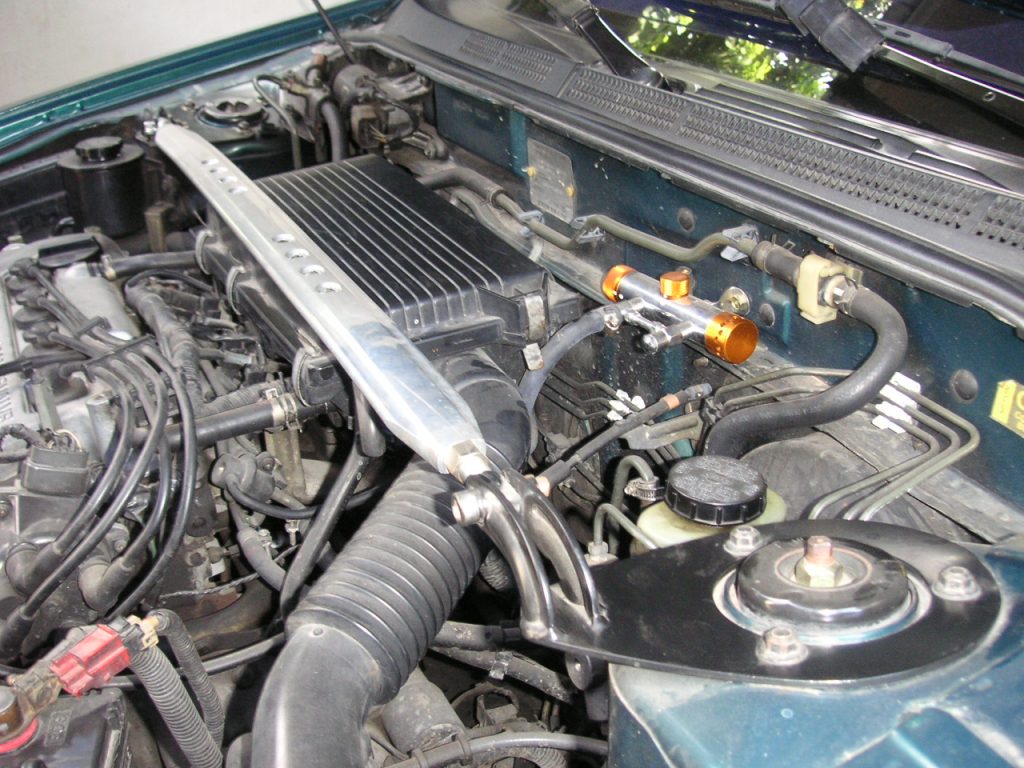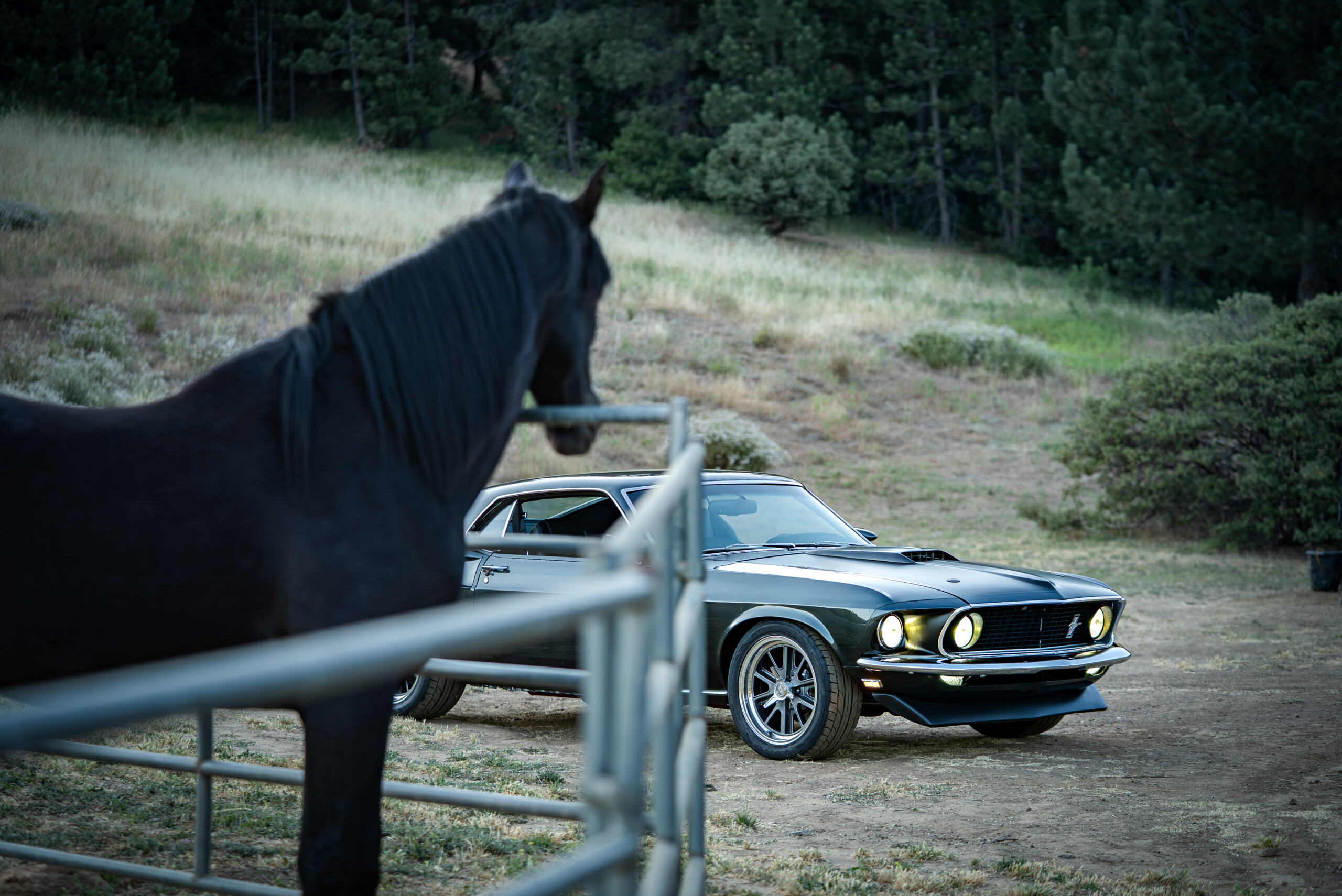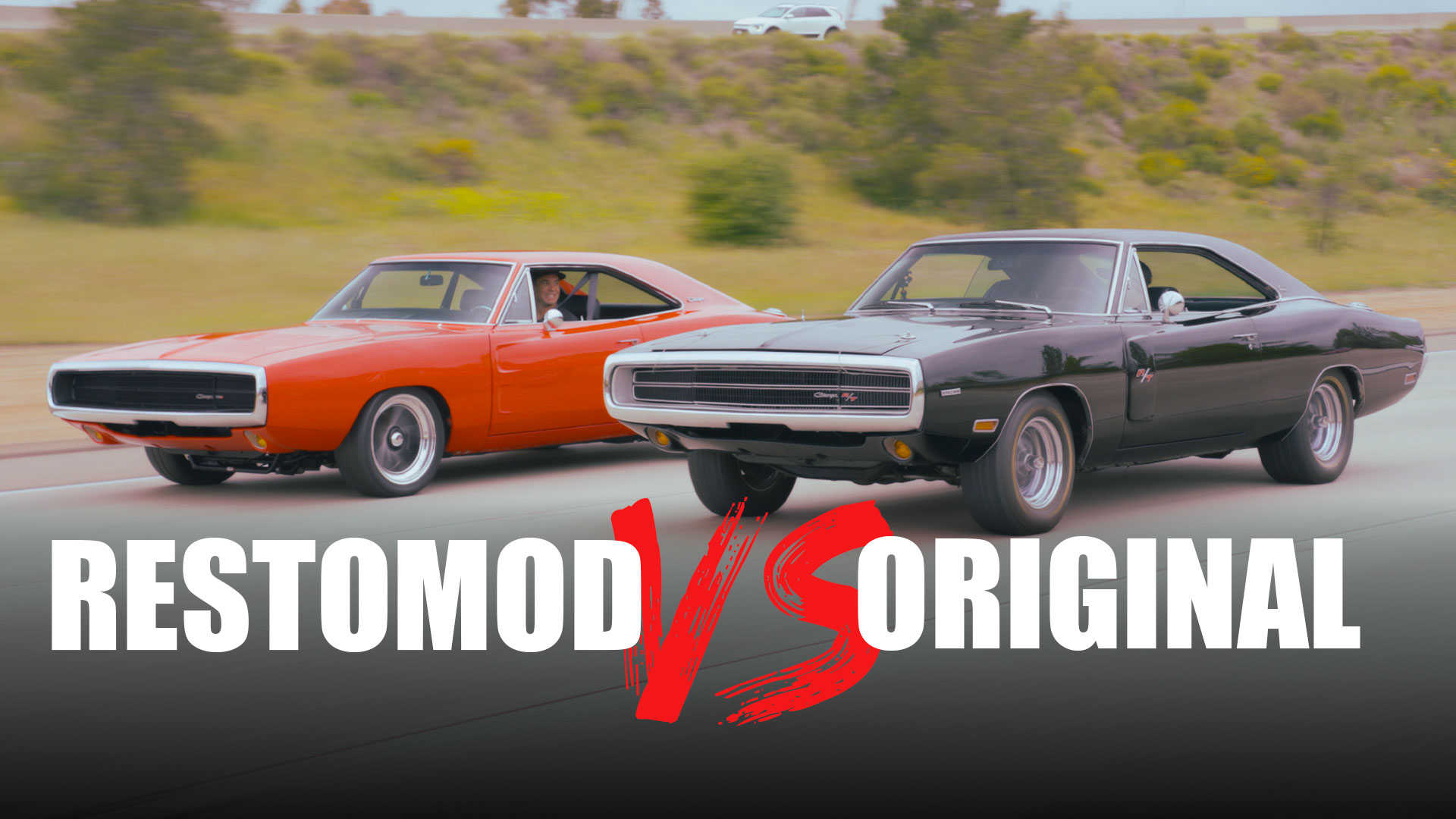A Beginner’s Guide To Upgrading Your Suspension

Your car’s suspension is one of those areas that’s often overlooked by car modders. It’s not the sexiest upgrade in the world: a new sway bar or set of shocks is never going to sound as cool as a new engine or transmission, but it’s extremely important. Your car’s suspension affects just about every aspect of your car’s performance. From the more obvious aspects, such as how it rides, to the downforce that keeps your car gripping the road, to weight distribution, the right upgrade can improve your whole car. The various systems can seem pretty baffling, though. A car’s suspension isn’t made up of a single part that you can just rip out and replace, there are several key components. In this guide, I’m going to go through each component, discussing what they do, how they do it, and how much an upgrade should cost, so that you can be better informed for your next project.
Sway Bars

If you have a stock bar already, begin by upgrading its thickness. If you just want to slightly improve your car’s cornering ability and lessen roll, you won’t need to upgrade it by much. Don’t think that you’re going to need to jump drastically in terms of thickness. An increase of just 1mm in diameter can improve rigidity by 20 percent over an OEM bar, while a hollow, rigid aftermarket bar can improve rigidity by up to 40%, at the cost of 1.8mm of thickness. When the bar’s been fitted, its stiffness can also be adjusted based on the simple principle of leverage. Many sway bars have several holes in each end, meaning you can cutomize the stiffness as necessary. If you attach it with the hole closest to the actual bar, the ride will become stiffer, while using the link further from the lever will allow more roll to be transmitted. When it comes to cost, you should expect to spend around $250 per sway bar for a high quality component.
Springs And Shocks

However, if you’re restomodding a classic cruiser, like a Cadillac or an Impala, this may not be what you’re after. If you’re in one of these cars, the chances are that speed is an added bonus, rather than your primary objective. What you want is a soft ride. For this, you’ll want to get softer and longer springs, and less stiff shocks, but you could also go another route. Enter the air ride. Air ride suspension is becoming increasingly popular among restomodders for its sublime ride quality. Instead of using springs, air ride systems use “air springs”, rubber bags which contain highly-pressurized air. The advantages of this are numerous, with the most obvious being a smooth, controlled, and comfortable ride. However, the downside of such a system is that it requires having a compressor, sensors and other electronics fitted too. These systems also allow the ride to be altered on the fly as necessary, giving you low ground clearance when you want some speed, and lifting you up when you’re just cruising on the freeway.
Which side of this dichotomy you go down really depends on your car and your own personal preferences. Are you driving something like a Barracuda, or a Camaro? Then you’re probably going to want the most speed you can get, so take a leaf from the books of high-performance European cars, and grab yourself stiff, short springs. The ride may suffer, but it will give you vastly improved cornering abilities and a firmer, more planted grip on the road. If you’re in a cruiser or really don’t care about speed as much as being comfortable, then either go for longer springs and more compliant shocks or, if your budget can stretch to it, consider air ride suspension. Your butt will thank you.
When it comes to shocks, you can also consider grabbing adjustable shocks, which, as the name suggests, can be stiff or lax. Take coilovers, a type of hybrid spring and shock, where the spring is wrapped around the shock, allowing for adjustment of ride height and stiffness as necessary. I’d typically recommend against the “Jack of all trades” mentality, and choose one or the other, but it’s up to you. For an air ride system, you can expect to pay around $3000, while a set of four coilovers should cost around $1000 or less.
Strut Braces

These should serve as your last upgrade when it comes to the suspension. They effectively work to tie together all the rest of your good work, keeping everything aligned and working as it should. They’re also cheaper to buy and install then a roll cage, which is your other primary option for reducing chassis flex. For a strut brace, expect to pay anywhere from $100 to $400.
Recent Posts
-

Battle of the Pony Cars: Camaro vs. Mustang
October 29, 2025The battle between the Ford Mustang and the Chevrolet Camaro is the biggest, most lasting rivalry in American car history. These two cars didn’t just…Read more -

The RM32 Ford Fastback Mustang Build Breakdown
October 24, 2025The Ford Mustang: Historic Start The Ford Mustang is one of the most iconic muscle cars in American history, capturing the imagination of car enthusiasts…Read more -

6 Things to Consider: Keep Your Classic Muscle Car Original or RestoMod it?
October 15, 2025When tackling the big question that has become a debate on the internet: Is it better to keep your classic muscle car original or turn…Read more
Become a Car Club Member
Car Club Members Get Entries to Win, Discounts in our Shop, Discounts with our Preferred Partners and more!
Membership benefits
By joining the RestoMods Car Club Today, you will receive amazing perks plus 15 bonus entries into our sweepstakes for every month you are an active member
-
Auto Discounts:Curated Discounts From Your Favorite Parts Companies
-
Restomods Monthly:Monthly Magazine With The Latest Industry News
-
Classified Ads:Get Free Postings seen by 300,000 enthusiasts monthly
-
Car Show Tickets:Check out the biggest vintage car shows on us.
-
Exclusive Car Deals:First chance to purchase any prize cars not selected






Restomods on Instagram
Follow us on Instagram and other networks












